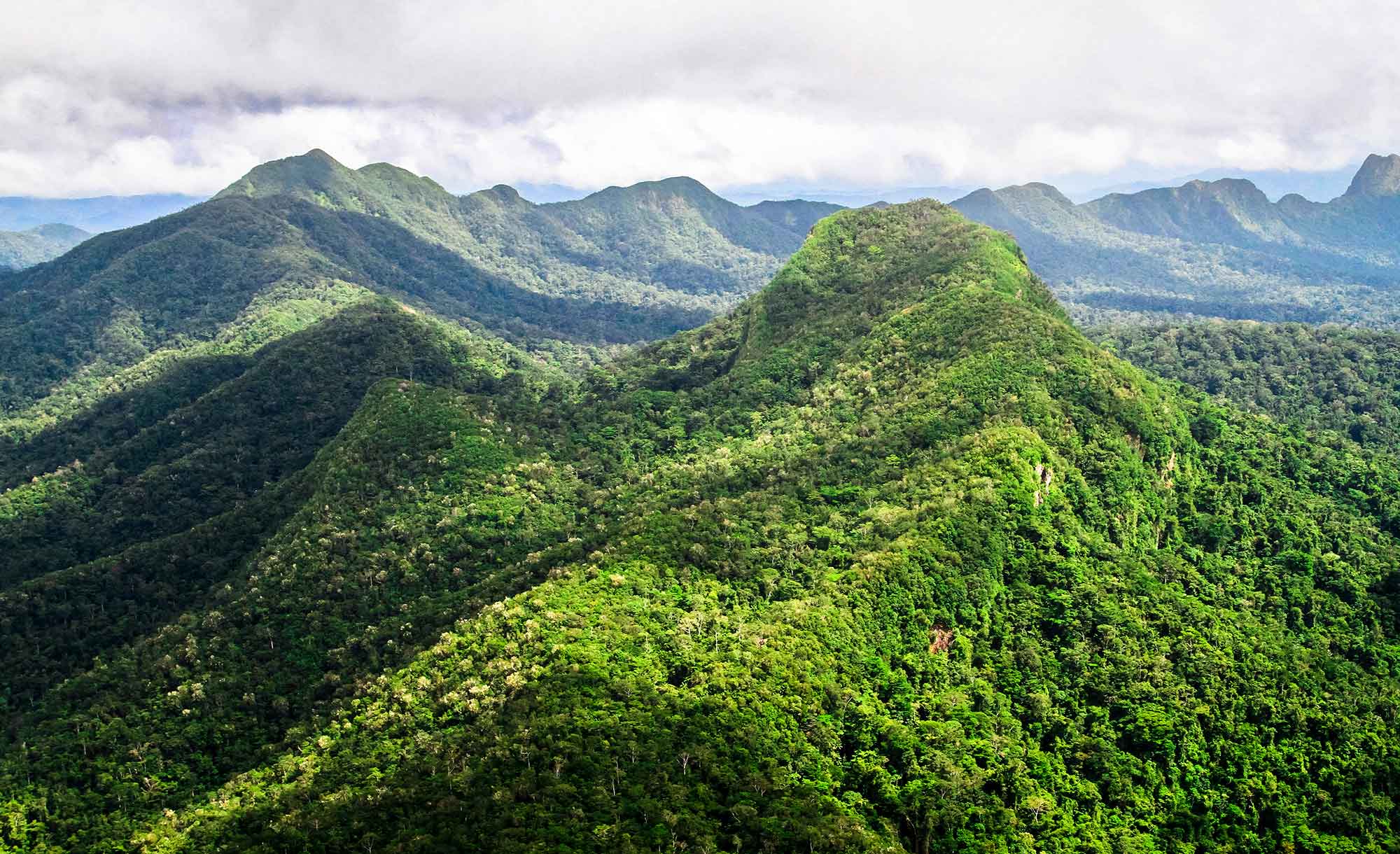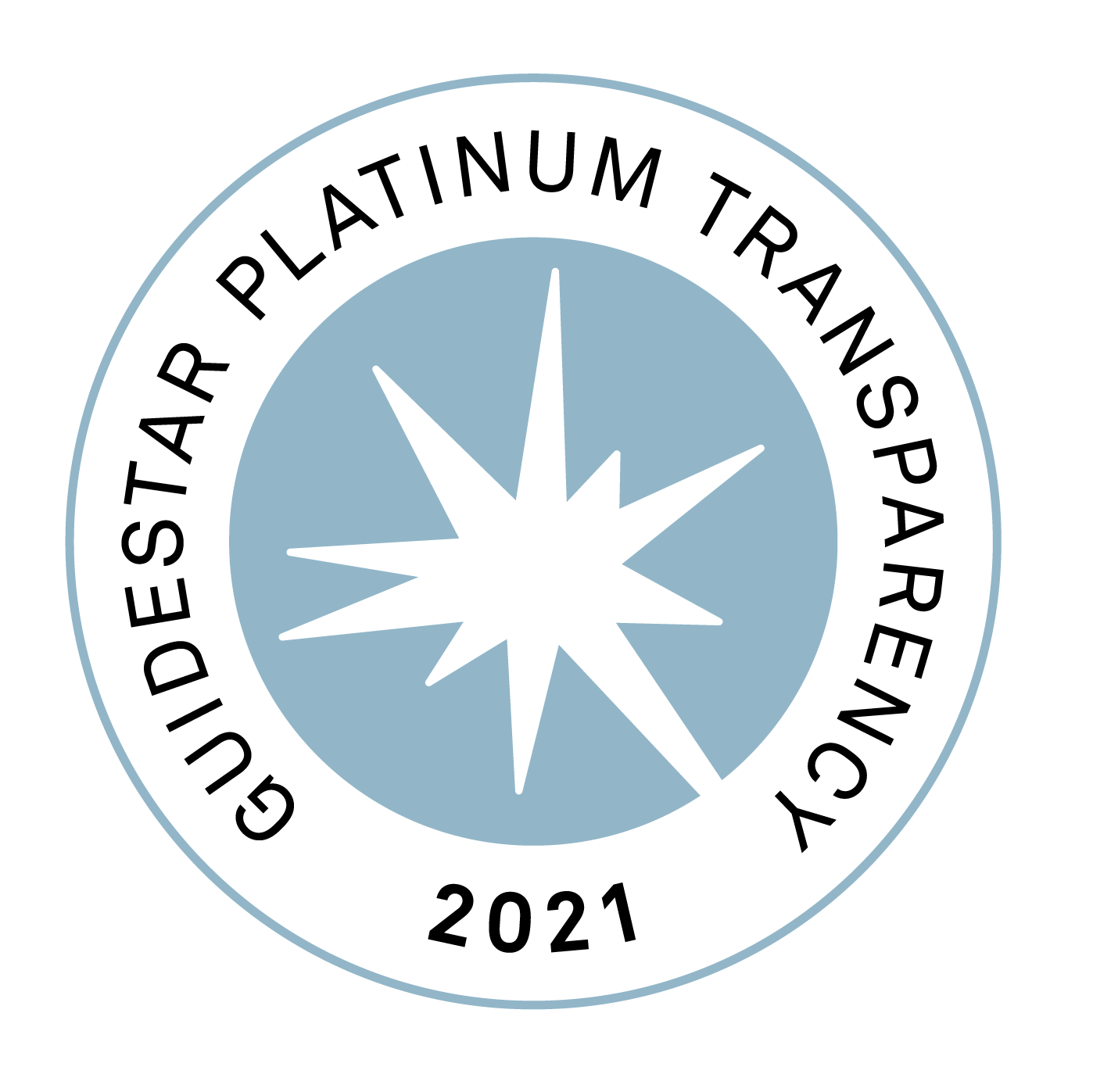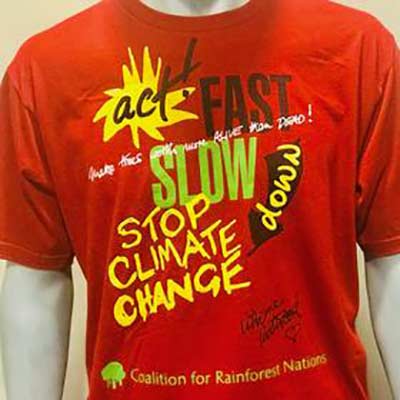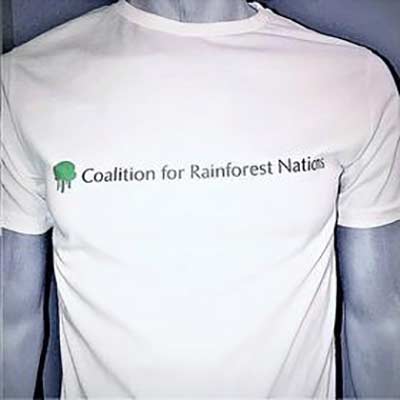
Belize Seeks CfRN Support on UNFCCC REDD+ Framework
In July, the CfRN technical team went on mission to Belize which is currently updating its forest mapping and activity data for its second Forest Reference Emissions Leve (FREL). Belize had requested support from the CfRN to help on capacity building, specifically to continue its data collection.
The team held sessions in Belize City where they officially started the collection of activity data and CfRN began training new technicians. CfRN will support Belize with its the Land Use and Land Use change assessment, developed thanks to the Norwegian financial support, at national level for an updated and consistent annual representation of lands from 2000 to 2023.
Nearly half of Belize’s mainland is covered by rainforest, a highly dense ecosystem that serves as the “lungs” of the planet. 37% of Belize’s rainforest is under government protection in the form of a national park, animal sanctuary or other wilderness area. The rainforest is home to an incredible diversity of plants, animals, and birds, allowing travelers to explore nature at its finest. Some of the many animals that call the rainforest home include black howler monkeys, keel-billed toucans, Baird’s tapirs, and elusive big cats like ocelots and jaguars. More than 500 species of birds have been recorded in the rainforest, including the Jabiru stork and the yellow-headed parrot.
Belize is one of a few central American countries that is home to the Maya Forest Corridor. The corridor is important for species with large ranges, like Jaguars, Baird’s Tapirs and White-lipped Peccaries. It’s the only area connecting Belize’s two Jaguar Conservation Units: the Maya Mountain Massif in Southwest Belize and the rest of the Selva Maya to the north, which extends into Mexico and Guatemala. The corridor allows Jaguars and Baird’s Tapirs, Belize’s national animal, to move throughout their home ranges to find habitat, food, and breeding opportunities.
Rainforest countries, such as Belize, need to regularly collect data on land-use and land use change to update their national greenhouse gas inventories as part of their commitment to the Paris Agreement. The information is also vital for applying the IPCC guidelines and for the REDD+ submissions to comply with UNFCCC decisions. Belize has made significant progress in meeting all the requirements under the United Nations Framework
Convention on Climate Change (UNFCCC), the Paris Agreement and Warsaw REDD+ Framework (WRF) Decisions. It presented a FREL (2020) as well as a Technical Annex (2021) for REDD+ Results Evaluation to the UNFCCC.


